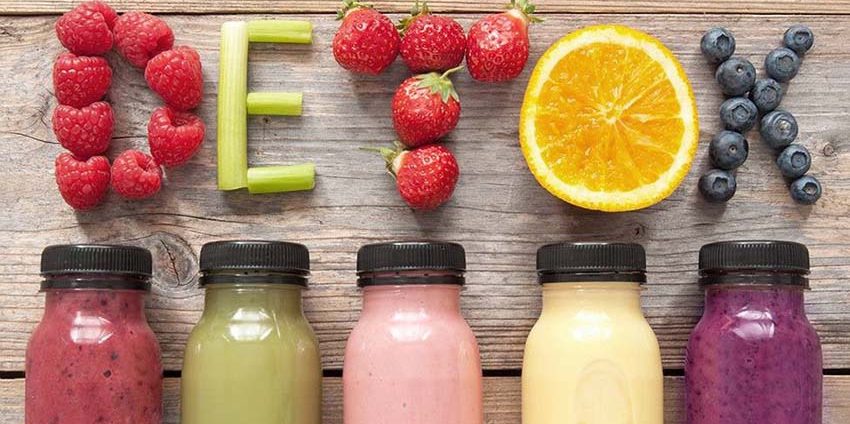Practical tips on following a detox diet
A detox or hypo-toxic diet aims to generate little waste and does not overload the body with toxins. A detox diet does not clean up your body, but it supports your natural capability to do so. It facilitates the detoxification process, the elimination of toxins via the body. Inhaled pollutants (pollution, tobacco, chemicals), applied chemicals (parabens, dyes…), ingested chemical drugs, hormones, and heavy metals consumed through food are all causes of body intoxication. A detox or hypo-toxic diet is also recommended for losing weight and normalising blood sugar levels.
A detox diet will therefore be oriented towards quality products that have not been overprocessed, with as few chemicals as possible, with respect for nature and its seasons, preserving the nutrients that food offers as much as possible. At the same time, help yourself with some plants that facilitate the work of the critical organs in the detox.
Freshly cooked and local food is the principle of a hypo-toxic diet.
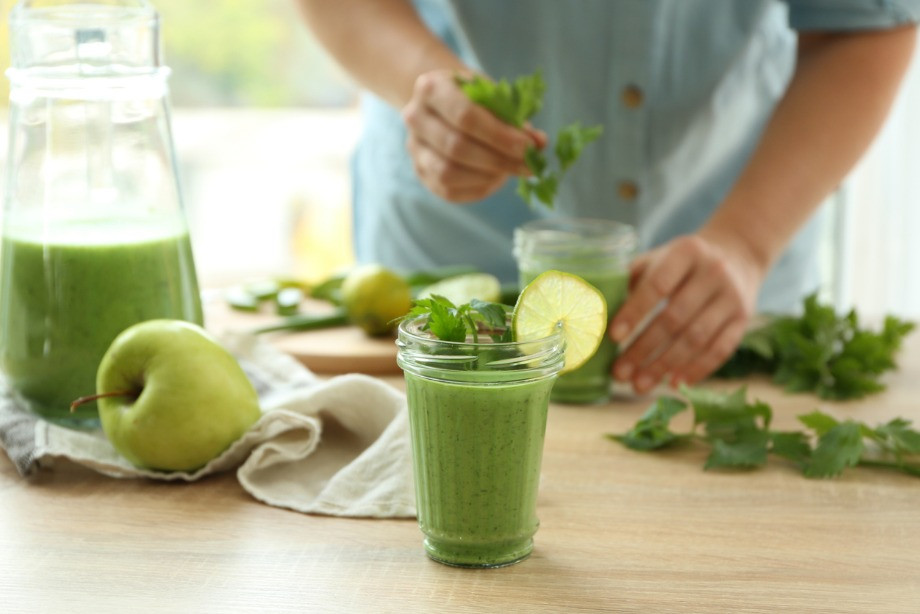
Ingredients recommended to exclude to support the detox process
- Gluten contains such grains as wheat, rye, barley, and oats. Some oat products, such as spelt, are certified as gluten-free and can be used in a hypo-toxic diet
- Lactose contains in all animal milk-based foods: cream, cheese, yoghurt, butter
- Refined cereals: white bread, white flour, pasta, pastry, etc.
- White sugar, cane sugar, syrup, fruit juice
- Salty snacks
- Red meat: beef, horse, lamb, deer, wild boar.
- Refined oils for cooking
- Hydrogenated, heated, saturated fats
- Alcohol
Ingredients recommended to include for your body detoxification
- All fruit and vegetables are in season, with a focus on green vegetables, mushrooms, and bitter vegetables;
- Vegetable alternatives to milk and yoghurt: almonds, soy milk;
- Vegetable, lacto-fermented proteins: tofu, tempeh;
- Brewer’s yeast (gluten-free) replaces parmesan;
- Wholegrain cereals, gluten-free: rice, quinoa, buckwheat, millet, sorghum, teff, amaranth, quinoa;
- Whole grain rice or soba noodles cooked “Al dente”;
- Lean animal proteins: chicken, turkey, guinea fowl, eggs;
- Fish, especially fatty fish;
- Fermented vegetables and drinks: kimchi, sourdough, kombucha;
- Nuts and seeds: almonds, hazelnuts, cashews, sunflower, pumpkin and poppy seeds;
- Cold-pressed vegetable oils, organic cider vinegar, lemon;
- Vegetable fats: ghee, organic coconut oil;
- Fresh herbs: basil, parsley, coriander, rosemary;
- Spices: curry, cumin, cinnamon, turmeric, paprika;
- Starchy vegetables: boiled or baked potatoes, sweet potato, Jerusalem artichoke;
- Pulses: lentils of all colours, chickpeas, beans and peas;
- Salt in moderation (5g/day or 2g per meal);
- Dry fruits in moderation to satisfy sugar cravings.
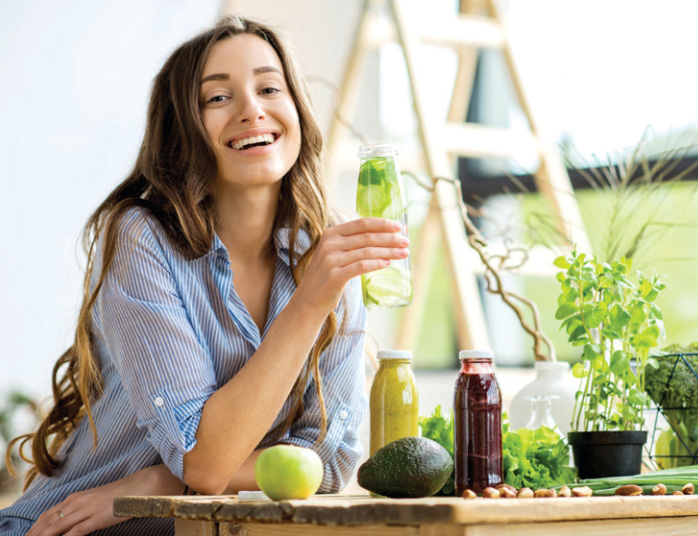
How to develop the hypo-toxic recipe for flexitarians or vegans
- Flexitarian diet
The flexitarian diet is a flexible eating style includes plant foods and beverages, incorporates dairy and eggs, and encourages meat to be consumed less frequently in smaller portions. Consider your level of physical activity when you define your hypo-toxic menu.
For individuals targeting weight loss with moderate physical activity, about 30 min per day, target 1700-2000 kcal per day, 400-450 kcal per main meal.
Include
- 100-120g Lean animal proteins
or
- 100-120g Vegetable-based proteins
- 250-300g Vegetables
- 50-100g of Pulses and whole grains in moderation
Individuals active in sports (1h plus/day) should target 2300 – 2500 kcal/day, and 600-800 kcal/meal. Physically active people should have enough energy and nutrients to practice sports, maintain or grow muscles and prevent injury. Sports diet should include more wholegrains (around 250g per meal) and up to 150g of proteins.
The hypo-toxic diet for flexitarians suggests privileging vegetable-based proteins 60% vs 30% animal-based.
- Vegan diet
There are plenty of possibilities to get balanced and varied nutrition based only on plants. All essential amino acids and micronutrients, such as Vitamine B12 and iron, is challenging. Consider complementing iron and vitamin 12 with seaweed. Soy is the only complete vegetable protein with a complete amino acid profile.
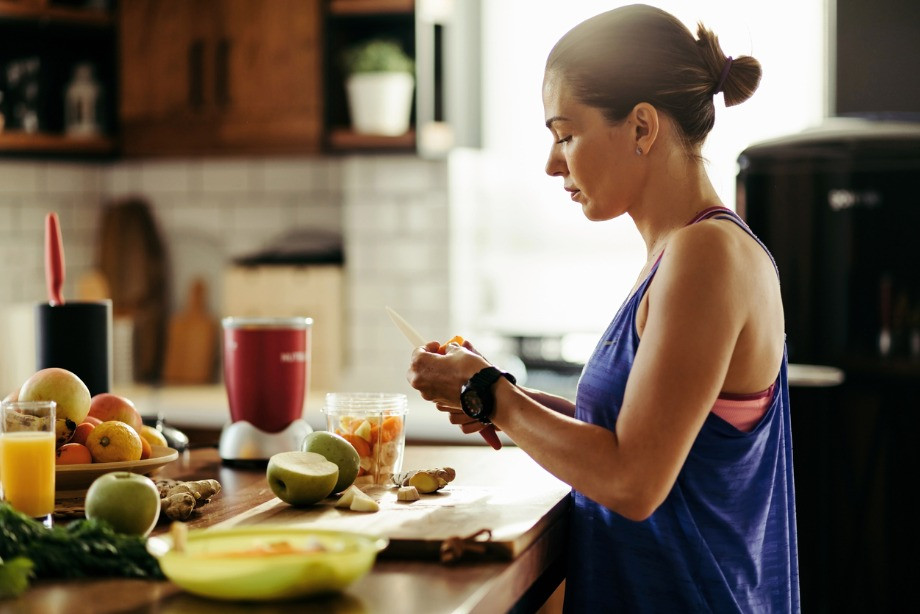
How to be successful in following the hypo-toxic diet
The hypo-toxic diet is a way of reducing exposure to toxins and promoting a healthier lifestyle. It is important to be aware of the risk of the yo-yo effect. This is when you go on a restrictive diet and then go off it, leading to weight gain. Make gradual changes, rather than drastic ones. This will make it easier to stick to the diet and reduce the risk of weight gain. Finally, it is important to enjoy food and to allow for some occasional treats. Having a moderate and healthy treat can make it easier to stay on track. For busy people, combining a healthy meal delivery service with home-cooked meals can be a great way to ensure you are getting nutritious meals while still having time to enjoy life.
Summary
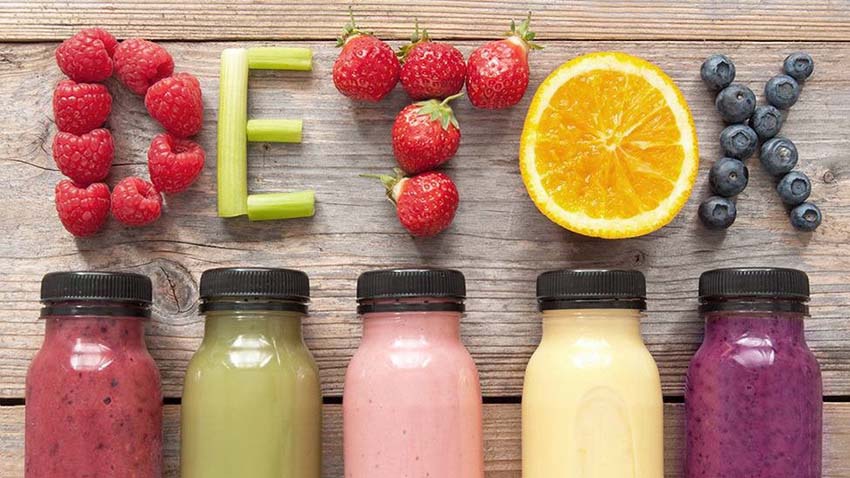
Article Name
Practical tips on following a detox diet
Description
A detox or hypo-toxic diet aims to generate little waste and does not overload the body with toxins. A detox diet does not clean up your body, but it supports your natural capability to do so.
Author
Aurelia Corbaz - certified micro-nutritionist
Publisher Name
AllCook
Publisher Logo

